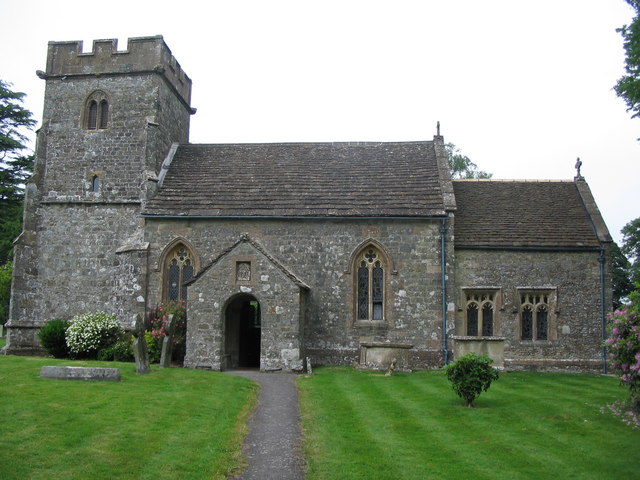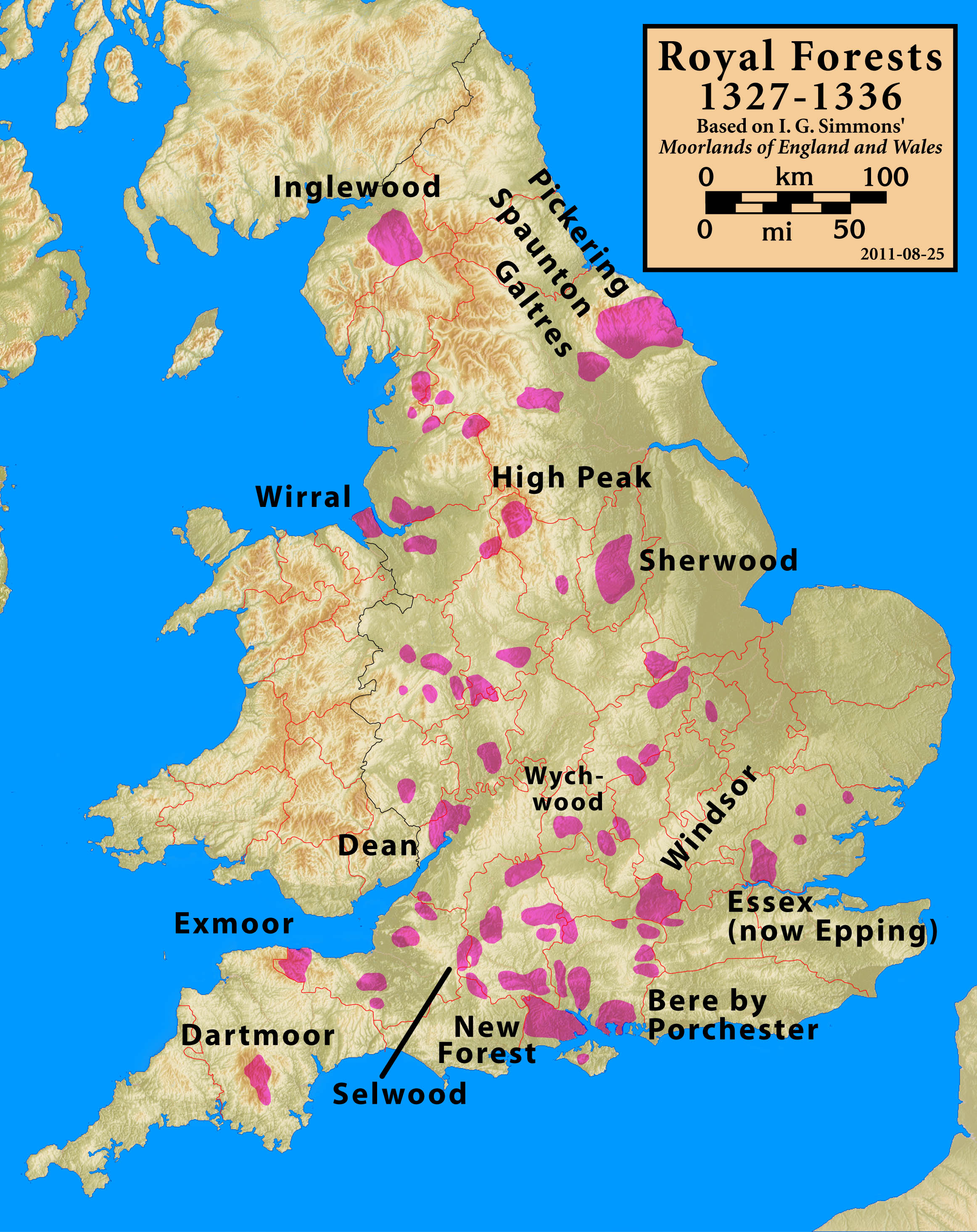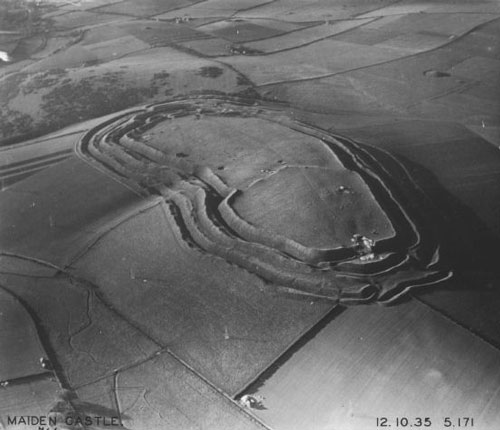|
Penselwood
Penselwood is a village and civil parish in the English county of Somerset. It is located north east of Wincanton, south east of Bruton, west of Mere, and north west of Gillingham. The south-east of the parish borders Zeals and Stourhead in Wiltshire, and Bourton in Dorset. In 1991 the parish occupied 523 hectares (1,292 acres). Name The medieval form of the name was "Penn in Selwood", where ''pen'' ( Brittonic for "head") probably referred to a hill and ''Selwood'' was the Selwood Forest which once surrounded the area. David Nash Ford associated nearby Ilchester with the Nennius (). Theodor Mommsen (). ''Historia Brittonum'', VI. Composed after AD 830. Hosted at Latin Wikisource. listed among the 28 cities of Britain by the ''History of the Britons'' on the basis that it should be read as an Old Welsh form of 'Penselwood'Ford, David Nash.The 28 Cities of Britain" at Britannia. 2000. (''coit'' being Welsh for "forest"), although others view it as three separate wo ... [...More Info...] [...Related Items...] OR: [Wikipedia] [Google] [Baidu] |
Church Of St Michael And All Angels, Penselwood
The Anglican Church of St Michael and All Angels in Penselwood, Somerset, England was built in the 15th century. It is a Grade II* listed building. History The church was largely built in the 15th century undergoing Victorian restoration in the 19th. Between 2006 and 2008 the church roof was replaced. The parish and benefice of Penselwood is part of the Diocese of Bath and Wells. Architecture The stone building has stone slate roofs. It consists of a three-bay nave, a two-bay chancel and a north aisle which was added in 1848. The two-stage west tower is supported by diagonal buttresses and has a hexagonal stair turret. The tower has a peal of six bells, the oldest of which was cast in 1520. A niche above the south door contains a sculpture of the Virgin and two kneeling figures. This is believed to date from around 1400 and was brought from Italy in the mid 19th century by the incumbent Rev Samuel Marindin. The interior fittings are largely from the 19th century, however t ... [...More Info...] [...Related Items...] OR: [Wikipedia] [Google] [Baidu] |
Kenwalch's Castle
Kenwalch's Castle is probably an Iron Age hill fort that may have been converted into a Roman fortress, near Penselwood, Somerset, England, east south east of Bruton at . It is a Scheduled Ancient Monument. It is believed to be named after Cenwalh of Wessex. The site straddles the modern border between Somerset and Wiltshire, and is within Castle Wood which covers its defences and interior. The latter has an area of . There is a single rampart and ditch which are well preserved in places. The earthwork bank is up to high and accompanied by a ditch in places. The road north from Penselwood village crosses the hill fort and probably passes through the original entrances. It is believed to be the site of the Battle of Peonnum. Background Hill forts developed in the Late Bronze and Early Iron Age, roughly the start of the first millennium BC. The reason for their emergence in Britain, and their purpose, has been a subject of debate. It has been argued that they could have ... [...More Info...] [...Related Items...] OR: [Wikipedia] [Google] [Baidu] |
South Somerset
South Somerset is a Non-metropolitan district, local government district in Somerset, England. The South Somerset district covers an area of ranging from the borders with Devon, Wiltshire and Dorset to the edge of the Somerset Levels. It has a population of approximately 158,000. The administrative centre of the district is Yeovil. On 1 April 2023, the district will be abolished and replaced by a new Unitary authorities of England, unitary district for the area at present served by Somerset County Council. The new council will be known as Somerset Council. History The district was formed on 1 April 1974, and was originally known as Yeovil, adopting its present name in 1985. It was formed by the merger of the municipal boroughs of Chard, Somerset, Chard, Yeovil, along with Crewkerne and Ilminster Urban district (Great Britain and Ireland), urban districts and the Chard Rural District, Langport Rural District, Wincanton Rural District and Yeovil Rural District. The distric ... [...More Info...] [...Related Items...] OR: [Wikipedia] [Google] [Baidu] |
Zeals
Zeals is a village and civil parish in southwest Wiltshire, England. The village is about west of Mere, next to the A303 road towards Wincanton, and adjoins the villages of Bourton, Dorset and Penselwood, Somerset. Its name comes from the Old English ''sealh'' meaning a small willow or sallow. The civil parish includes the hamlets of Long Cross, White Cross, Lower Zeals and Wolverton. The River Stour forms the west boundary of the parish. History There are no known prehistoric sites within the modern parish. Nearby on the other side of the Stour valley are Pen Pits, a series of small circular pits where greensand stone was quarried to make querns for hand grinding corn, in the Iron Age, Roman and medieval periods. Also here is Orchard Castle or Castle Orchard, the remains of a medieval motte-and-bailey fortification. In 1086 the Domesday Book recorded two estates at ''Sele'': Lower Zeals (later the Manor of Zeals, or Clevedon) and Higher Zeals (later Zeals Aylesbury). Est ... [...More Info...] [...Related Items...] OR: [Wikipedia] [Google] [Baidu] |
Battle Of Peonnum
The Battle of Peonnum was fought about AD 660 between the West Saxons under Cenwalh and the Britons of what is now Somerset in England. It was a decisive victory for the Saxons, who gained control of Somerset as far west as the River Parrett. The location of the battle is uncertain. Saxon conquest The border between the West Saxons and the Britons of Somerset had been set at the Wansdyke along the ridge of the Mendip Hills following the Battle of Deorham and the Saxon occupation of Bath in 577.Major, p. 44. Then, in 652, Cenwalh broke through at the Battle of Bradford on Avon. Relief for the Britons came when Cenwalh was exiled to East Anglia after a squabble with Penda of Mercia. Some time after his return he renewed the attack on the British tribes and in 658 his army met the Britons for a climactic battle at Peonnum. The Saxons were victorious, and Cenwalh advanced west through the Polden Hills to the River Parrett, annexing eastern and central Somerset. The territory g ... [...More Info...] [...Related Items...] OR: [Wikipedia] [Google] [Baidu] |
Selwood Forest
The ancient Selwood Forest ran approximately between Gillingham in Dorset and Chippenham in Wiltshire. It is described by the historian Barbara Yorke as a "formidable natural obstacle" in the Anglo-Saxon period, which was a significant boundary between east and west Wessex. It may earlier have been a negotiated frontier between Wessex and the British kingdom of Dumnonia which was important in the later development of the West Saxon shires, and later boundaries between Wiltshire and Somerset and north Dorset run through the forest. The boundaries through the forest and Bokerley Dyke which separated Somerset and Dorset from eastern counties may date to the fifth or sixth centuries. Selwood's importance as a boundary was also recognised in 705 when the bishopric of Sherborne was established for those "west of Selwood". In 855 King Æthelwulf appointed his son Æthelbald to act as king while he went on pilgrimage to Rome, and when he returned the next year Æthelbald refused to g ... [...More Info...] [...Related Items...] OR: [Wikipedia] [Google] [Baidu] |
Exeter
Exeter () is a city in Devon, South West England. It is situated on the River Exe, approximately northeast of Plymouth and southwest of Bristol. In Roman Britain, Exeter was established as the base of Legio II Augusta under the personal command of Vespasian. Exeter became a religious centre in the Middle Ages. Exeter Cathedral, founded in the mid 11th century, became Anglican in the 16th-century English Reformation. Exeter became an affluent centre for the wool trade, although by the First World War the city was in decline. After the Second World War, much of the city centre was rebuilt and is now a centre for education, business and tourism in Devon and Cornwall. It is home to two of the constituent campuses of the University of Exeter: Streatham and St Luke's. The administrative area of Exeter has the status of a non-metropolitan district under the administration of the County Council. It is the county town of Devon and home to the headquarters of Devon County C ... [...More Info...] [...Related Items...] OR: [Wikipedia] [Google] [Baidu] |
Ilchester
Ilchester is a village and civil parishes in England, civil parish, situated on the River Yeo (South Somerset), River Yeo or Ivel, five miles north of Yeovil, in the England, English county of Somerset. Originally a Roman Britain, Roman town, and later a market town, Ilchester has a rich medieval history and was a notable settlement in the county; around the 12th and 13th centuries it was effectively the county town. It had, however, declined in size and importance by the beginning of the 18th century, and the last markets were held in 1833.Local Histories Ilchester In 1889 the historic corporation that had governed the town (the Bailiff and Burgesses) was dissolved. [...More Info...] [...Related Items...] OR: [Wikipedia] [Google] [Baidu] |
England
England is a country that is part of the United Kingdom. It shares land borders with Wales to its west and Scotland to its north. The Irish Sea lies northwest and the Celtic Sea to the southwest. It is separated from continental Europe by the North Sea to the east and the English Channel to the south. The country covers five-eighths of the island of Great Britain, which lies in the North Atlantic, and includes over 100 smaller islands, such as the Isles of Scilly and the Isle of Wight. The area now called England was first inhabited by modern humans during the Upper Paleolithic period, but takes its name from the Angles, a Germanic tribe deriving its name from the Anglia peninsula, who settled during the 5th and 6th centuries. England became a unified state in the 10th century and has had a significant cultural and legal impact on the wider world since the Age of Discovery, which began during the 15th century. The English language, the Anglican Church, and Eng ... [...More Info...] [...Related Items...] OR: [Wikipedia] [Google] [Baidu] |
Hill Fort
A hillfort is a type of earthwork used as a fortified refuge or defended settlement, located to exploit a rise in elevation for defensive advantage. They are typically European and of the Bronze Age or Iron Age. Some were used in the post- Roman period. The fortification usually follows the contours of a hill and consists of one or more lines of earthworks, with stockades or defensive walls, and external ditches. Hillforts developed in the Late Bronze and Early Iron Age, roughly the start of the first millennium BC, and were used in many Celtic areas of central and western Europe until the Roman conquest. Nomenclature The spellings "hill fort", "hill-fort" and "hillfort" are all used in the archaeological literature. The ''Monument Type Thesaurus'' published by the Forum on Information Standards in Heritage lists ''hillfort'' as the preferred term. They all refer to an elevated site with one or more ramparts made of earth, stone and/or wood, with an external dit ... [...More Info...] [...Related Items...] OR: [Wikipedia] [Google] [Baidu] |
Iron Age
The Iron Age is the final epoch of the three-age division of the prehistory and protohistory of humanity. It was preceded by the Stone Age (Paleolithic, Mesolithic, Neolithic) and the Bronze Age (Chalcolithic). The concept has been mostly applied to Iron Age Europe and the Ancient Near East, but also, by analogy, to other parts of the Old World. The duration of the Iron Age varies depending on the region under consideration. It is defined by archaeological convention. The "Iron Age" begins locally when the production of iron or steel has advanced to the point where iron tools and weapons replace their bronze equivalents in common use. In the Ancient Near East, this transition took place in the wake of the Bronze Age collapse, in the 12th century BC. The technology soon spread throughout the Mediterranean Basin region and to South Asia ( Iron Age in India) between the 12th and 11th century BC. Its further spread to Central Asia, Eastern Europe, and Central Europe is somewhat ... [...More Info...] [...Related Items...] OR: [Wikipedia] [Google] [Baidu] |



.jpg)





